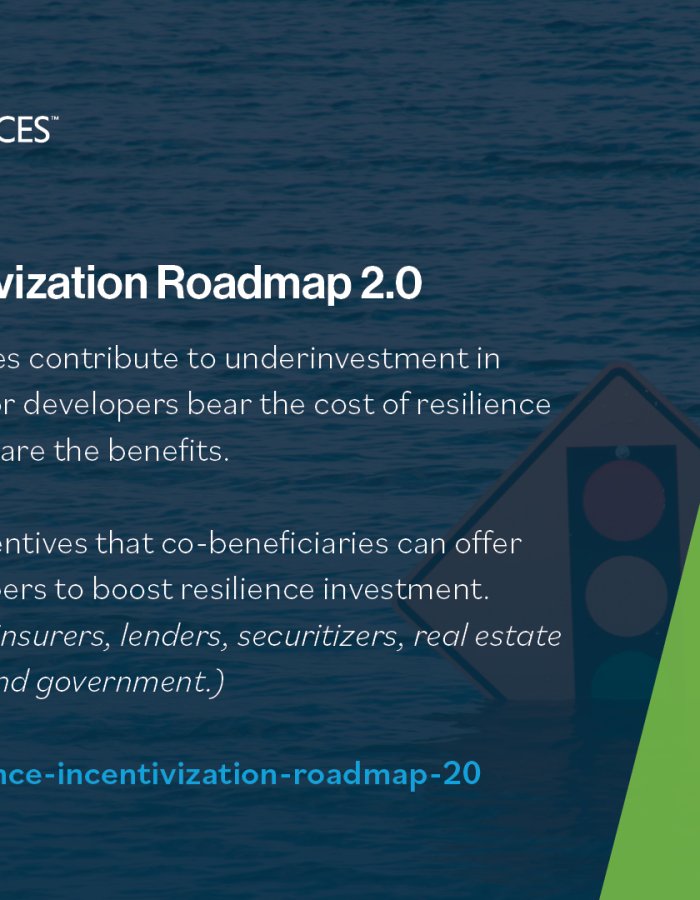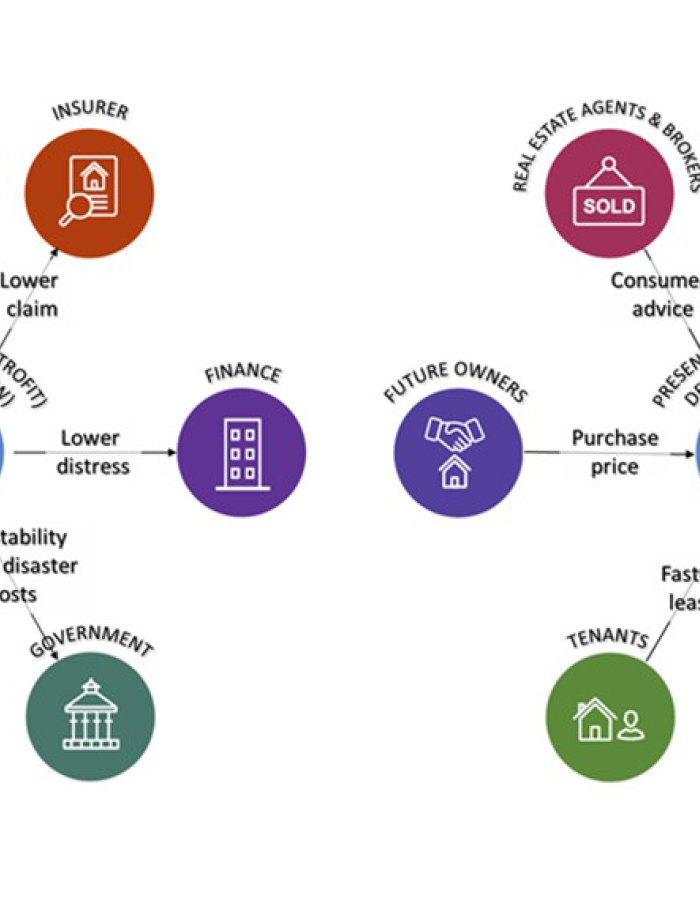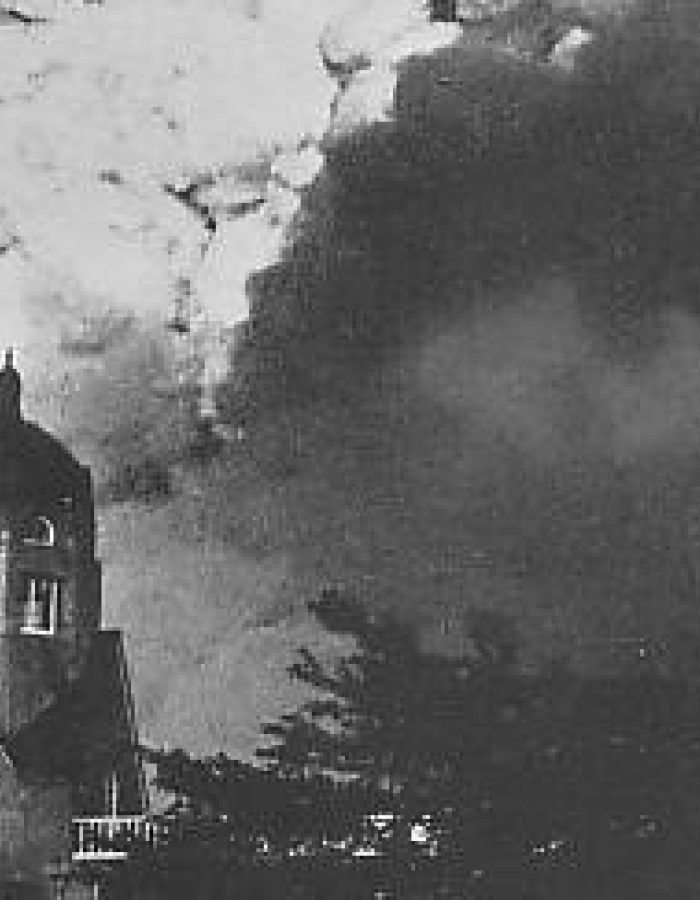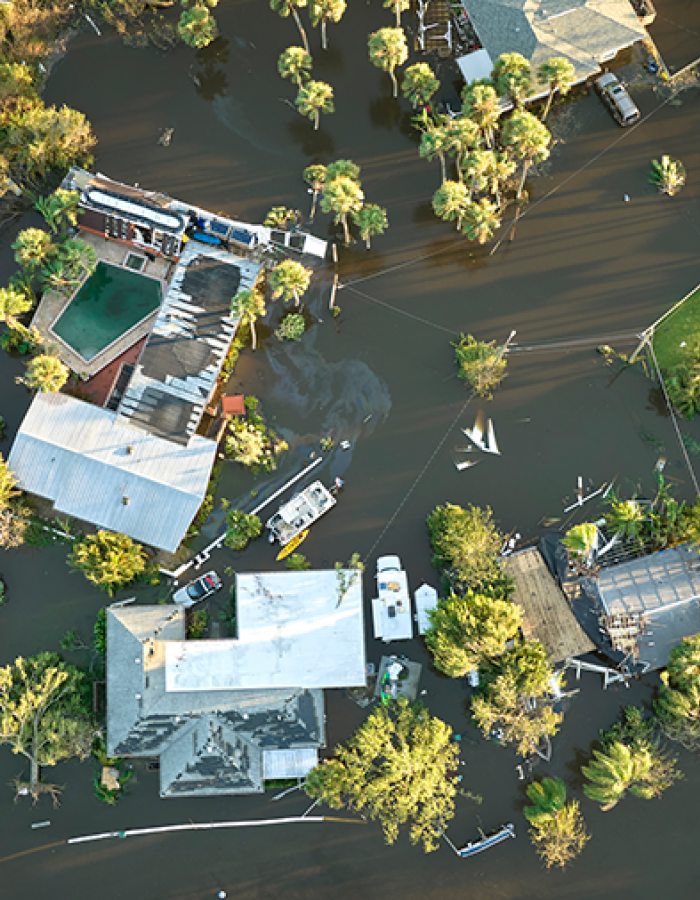Building Innovation: Who’s the 2024 Exceptional Woman in Building?

By Sara Barrett, Building Seismic Safety Council
The Building Seismic Safety Council’s Functional Recovery Planning Committee has published a report detailing the recommended scope, organization, and deliverables for developing functional recovery code provisions within the 2026 National Earthquake Hazards Reduction Program (NEHRP) Recommended Seismic Provisions for New Buildings and Other Structures.

By Christine Cube
In September, NIBS and Fannie Mae unveiled the Resilience Incentivization Roadmap 2.0 – a continuation of a 2020 study that called for public and private incentives that allow owners of buildings and other infrastructure to facilitate the upgrade of existing infrastructure and better design of new infrastructure.

It’s a busy October!
NIBS is hosting three webinars this month, starting tomorrow at noon EST with The Intersect of Resilience, Low-Embodied Carbon and LCCA in Materials Selection.
In this webinar, experts will discuss the intersection of climate resilience, low-embodied carbon materials objectives, and life-cycle cost analysis (LCCA). The panel will present important data points in the evaluation of materials for each client project.

With the support of Fannie Mae, the National Institute of Building Sciences has developed a roadmap on mitigation investment to help Americans and the nation’s built environment prepare for and respond to the devastating effects of extreme weather.
Project Background

On September 1, 1923, Japan was ravaged by the Great Kanto Earthquake.
Within minutes after the magnitude 7.9 subduction zone earthquake, a 33-foot tsunami flooded the nearest coastal areas. A large landslide crushed the entire village of Nebukawa. Fires seemingly ignited everywhere; some grew into huge firestorms. While fire fighting was hampered by broken water pipes, a typhoon brought in winds that further spread the flames.
Following the January 2021 FEMA P-2090 / NIST SP-1254 Recommended Options for Improving the Built Environment for Post-Earthquake Reoccupancy and Functional Recovery Time (FEMA-NIST report) publication, as well as other notable efforts within the earthquake community, FEMA requested that BSSC’s formation of the PUC include a commitment to establish a specific Functional Recovery Task Committee in addition to other Issue Teams in order to advance the concepts of increased community resilience and improved post-earthquake functional recovery time within model building codes and structu
Pages:
File Size:

Each year, the National Institute of Building Sciences recognizes an outstanding individual or organizational member who has made a substantial contribution in support of the mission, goals, and objectives of NIBS. The NIBS Distinguished Service award also honors the impact made to the entire building community.

In 2022, the U.S. experienced 66,255 wildfires, according to the National Oceanic and Atmospheric Administration.
The firefighters and support personnel who work to fight these fires are rarely recognized. For this reason, the National Interagency Fire Center’s Fire Management Board last year proclaimed July 2 National Wildland Firefighter Day to honor the nation’s men and women who fight wildland fires to save forests, property, and lives.

The 2023 Atlantic Hurricane Season is here, and Colorado State University released its forecast.
Some states recently were awarded flood mitigation grants by the federal government as well as some state governments.
Federal grants included: